Abs are made in the kitchen, but could your pots and pans be playing a role? The healthiest options are also the most eco-friendly kitchenware. Get your guide to green, greener, and greenest utensils.
I realized I was in dire need of info on which pots, pans, and utensils to buy. Just like Reese, I’ve absent-mindedly scorched a pan or three. Plus my pans are oooooold. And I’m pretty sure they have the poisonous anti-stick stuff on them. We are talking “hand-me-down from freshman year of college roommates” old.
But it’s hard to know what to buy. And is it better to reuse the old stuff? Or are there times when you should buy new?
Who better to help us solve this mystery than Reese of Compost and Cava? She’s on a mission to create a healthier and happier planet one micro-step at a time, like with her soap. As a nice side-benefit, she’s been making healthier choices for her body as well.
It turns out we are a part of this great mother earth.
And apparently making the wrong decision on kitchenware could have a bigger impact than you think. As Reese mentions, when pans and spatulas get scraped, little bits of them get into our food and therefore into us!
One article shows those little bits can have big impacts on our health, including downregulating our metabolism.
Here we are working so hard to eat healthily, and our pots and pans are working against us!
Let’s see what Reese has to share about going greener in the kitchen, and which kitchenware is the best choice for us and for mother earth.
Going Greener – Eco-Friendly Cookware
Raise your hand if you’ve ever burned the bottom out of one of your pots. I know I’m not alone in this.
When Alicia asked me to write a guest post about greener kitchen purchases, I had literally just burned the bottom out of one of my beloved pots doing a stovetop potpourri. Must. Set. Timer.
My! What serendipitous timing to do a post about eco-friendly purchases in the kitchen, as I’m currently in the market for new pots. Face palms
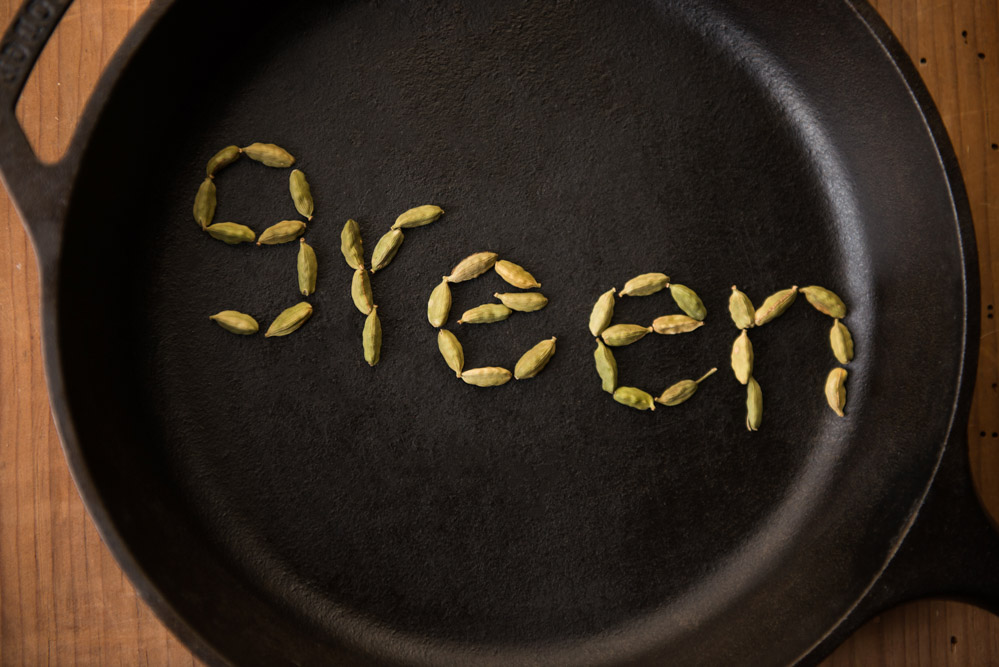
Here’s the thing about building a greener life: it’s not as easy as we all want it to look on Instagram. Life is not, in fact, all bulk items in Mason jars nestled next to your sustainably grown air plants, sometimes it’s a lot of confusing research and the weighing of complicated choices, and accidentally burning the bottom out of your favorite cookware.
Because when I started my blog, I promised myself I’d be a realist, so I’m going to break down your choices patterned after a book I read several years ago, Green, Greener, Greenest. While the information in this book is probably somewhat outdated, I loved the approach.
No one expects you to run out and blow your entire budget on the most eco-friendly products on the market right now, but every step in the right direction is a win, however that fits best into your lifestyle. We’re all still learning! It’s starting the journey that is important.

Cutting Boards
Green: 100% Recycled Plastic Cutting Board
Pros: Any item that reuses existing plastics versus generating more new plastic is a huge win for the environment. Recycled plastic cutting boards are lightweight, affordable, and require minimal maintenance, and can go in the dishwasher.
Cons: The biggest con to ANY plastic cutting board? They’re less sanitary. Yup, you read that correctly. While most people assume plastic boards are cleaner, Dr. Dean Cliver from the University of California, Davis, found that bacteria tend to multiply and thrive in old knife scores on plastic boards.* Wood boards, however, tend to “self-heal” minor scratches, which kills off any trapped bacteria. Additionally, the proper cleaning protocol for a plastic cutting board involves a bleach solution – and pardon me if I’m personally more afraid of lingering bleach on my cutting board than most bacteria. And when you make tiny cuts into the surface of your plastic cutting board, where does that plastic go? Generally speaking, it goes into whatever meal you’re preparing. A recent study featured in the International Business Times found that a whopping 86% of teenagers have BPA plastic poisonings in their bodies.
Ratatouille with a sprinkling of plastic, anyone? Gross! Finally, after a couple years, even your most durable plastic cutting board will become gross and need to be thrown out, but will never ever biodegrade.
Greener: Sustainable Wood Cutting Boards
Pros: Not only are they beautiful and durable, but a sustainable wooden board isn’t hard to find. Maple, acacia, and teak can be sustainable and eco-friendly options – though you may want to look into the sourcing of imported woods. They’re also more sanitary than their plastic counterparts, as mentioned above, require less abrasive cleaning solutions, and are bio-degradable!
Cons: You’ll want to buy end wood cutting boards, if possible, to help lessen the wear on your knives. Wood boards also should not go in the dishwasher, and will require maintenance with mineral oils, salts, or beeswax, depending on the material. They also require thorough drying, and are usually more expensive and heavier than other cutting board options.
Greenest: Bamboo
Pros: Bamboo is fast-growing, easy on the environment, and frequently touted as our most renewable resource. It’s affordable, lightweight, quick-drying, and its hard surface makes it less prone to bacteria. Bamboo cutting boards are carried in almost every major store, and come in a variety of beautiful designs.
Cons: Bamboo boards also require mineral oil maintenance (though frankly I never have, and mine are still trucking along), so you should look into the care of your board. They also don’t go in the dishwasher, and since bamboo is hard as nails, you may find you need to sharpen your knives more often.
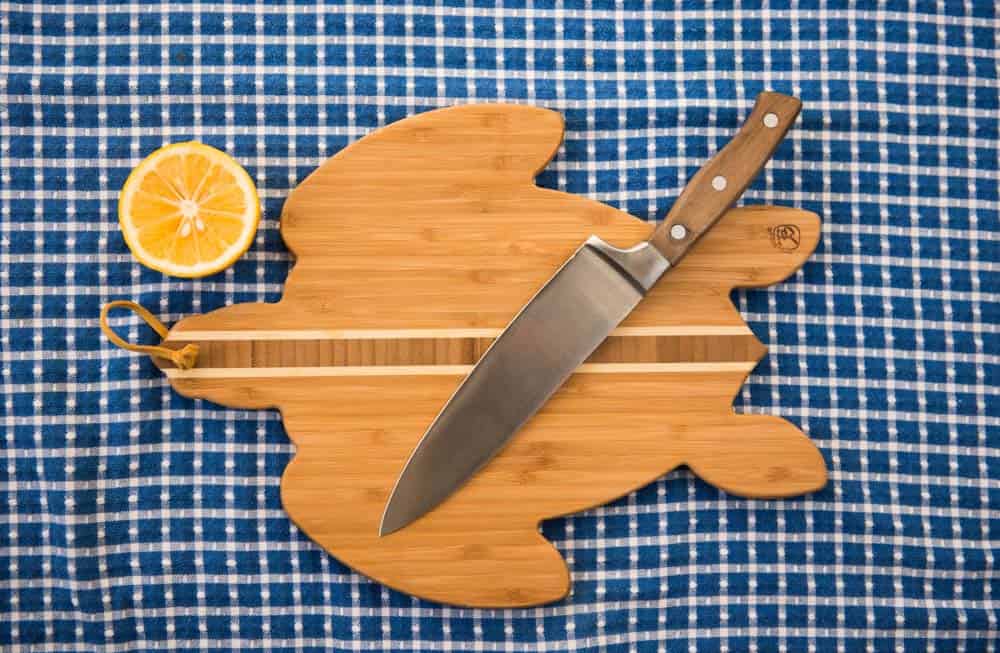
Cooking Utensils
Green: Silicone
Pros: Highly durable, and food safe, silicone will last a long time in your kitchen without bleeding chemicals into your food. It’s a great alternative to plastic, which is likely leaching endocrine disruptors and carcinogens into your food, along with shedding micro plastics over time. Yuck.
Cons: Though silicone is recyclable in theory, you’re likely going to need to go far out of your way to find a facility capable of doing so. Silicone also isn’t biodegradable, and I’m personally a bit wary of byproducts during its production. These items will still be here in 1,000 years.
Greener: Wood
Pros: As mentioned above, certain woods are a great sustainable option, depending on the source. They’re biodegradable, won’t scratch your pots and pans, and won’t shed chemicals into your food.
Cons: You’ll need to hand wash them, and they may be more prone toward staining.
Greenest: Bamboo (again)
Pros: Our fastest growing renewable resource wins again, in my book! The reasons are basically the same as above, but I like my bamboo spoons even more than my cutting board, because in this case their durability works for them versus against your knives.
Cons: Bamboo, like wood, does best with hand washing, and will biodegrade over time – a good thing – and will require replacing.

Pots and Pans
Green: PFOA and PTFE Free Non-stick Pans
Pros: If you’re not sure what PFOA and PTFE are, and why you should avoid them, I’ll refer you to the American Cancer Society website on this one. Easily accessible and usually affordable, there are a number of Teflon-free products on the market that won’t release carcinogens into your food or the air at high heats.
Cons: Non-stick pans, while convenient, don’t tend to hold up for more than a few years. You’ll be replacing them before you know it, adding more waste to the landfill, and I’m still wary of the chemical coating that keeps your food from adhering.
Greener (this one is a tie, for me): Stainless Steel
Pros: Stainless steel will last for a really, really long time in your kitchen, and won’t release weird chemicals into the air and your food when you use it. You can bang it around, scratch it, and drop it without issue.
Cons: There are some tips and tricks of the trade when it comes to caring for and cooking with your stainless steel pots, so you’ll want to spend some time learning to get to know the way these gems interact with heat and oil to reduce the time spent scouring them clean.
Greener #2: Cast Iron
Pros: Cast iron is beautiful, easy to find, and damn near indestructible. It lends an awesome flavor to your food, and the seasoning that allows it its non-stick properties over time don’t involve carcinogens. You really shouldn’t ever need to replace your cast iron pans, and if you do some damage and find yourself with rust, the Zero Waste Chef recently did a post on restoring her pots with salt and a potato – I kid you not.
Cons: These suckers are HEAVY and will require you to put in the time to learn their ins and outs before you feel fully comfortable using them. Cast iron does have a cult following, but it takes a commitment from new users – including myself.
How eco-friendly and healthy is your kitchenware?
So how does your kitchen look? I’m feeling pretty good about that recent Bamboo cutting board and cast iron Dutch Oven
purchase. But I really need to get rid of those old pans with some non-stick scraped off. Not safe!
Next, maybe it’s time to clean up the bathroom.
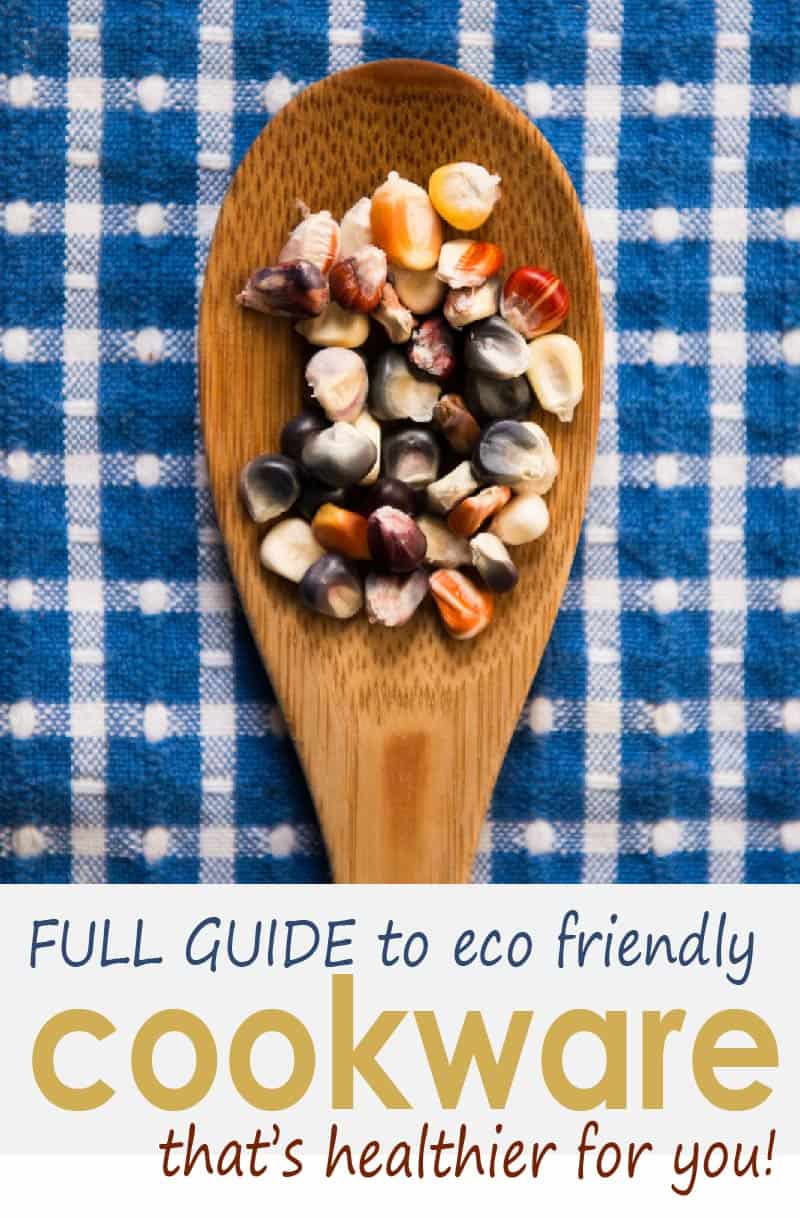
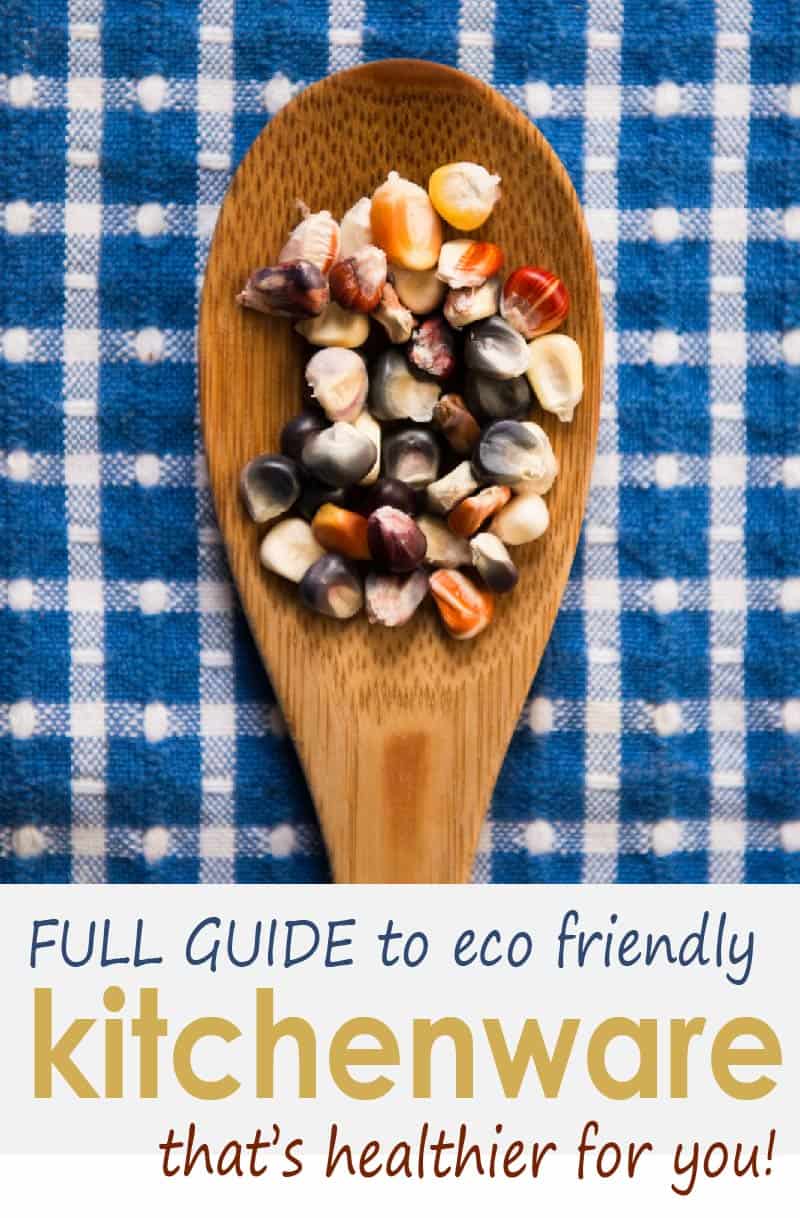

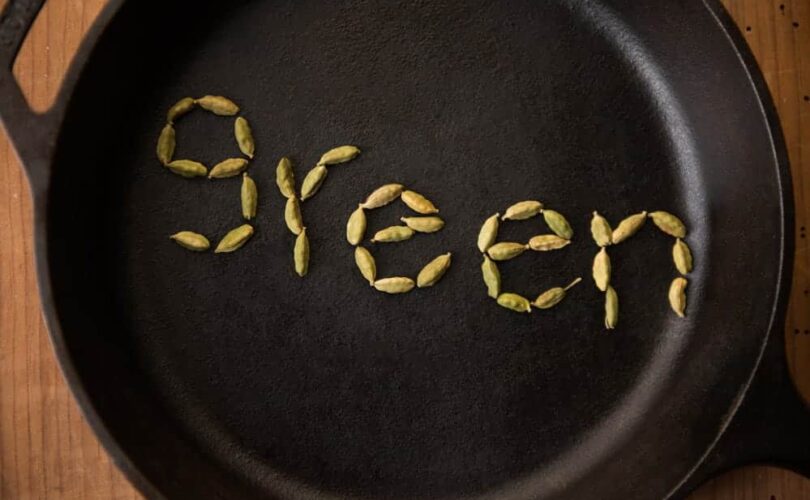
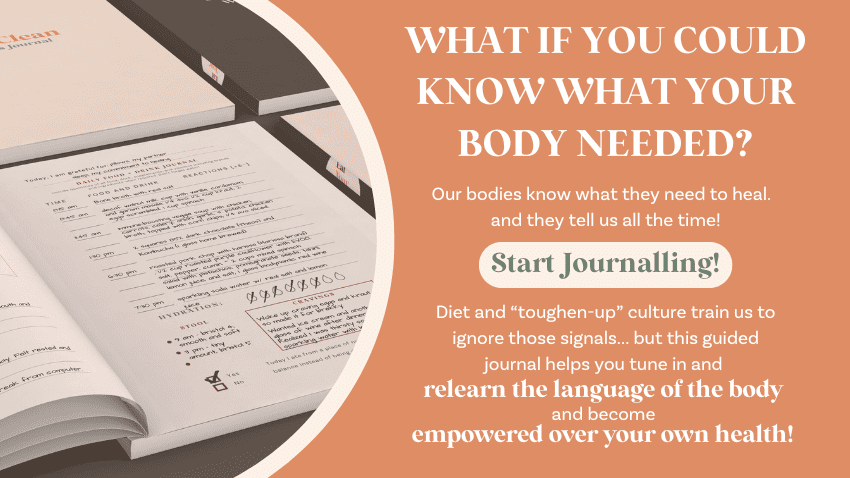






[…] Choosing eco-friendly and healthier cookware […]
My family members always say that I am killing my time here at net,
however I know I am getting knowledge daily by reading
thes good articles or reviews.
THe more you know!